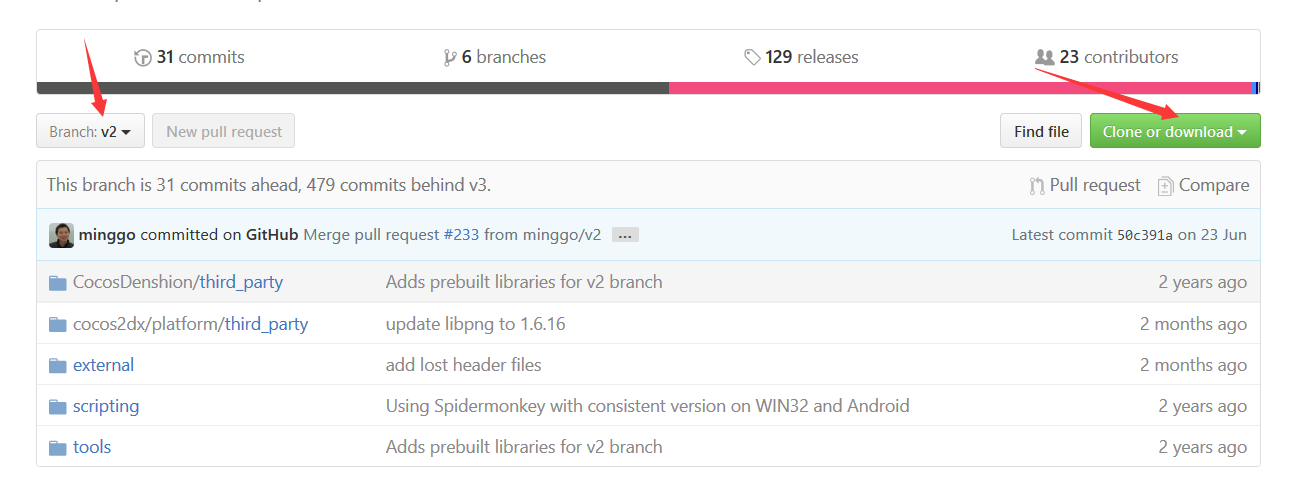

$ (cd OpenSSL_1_0_2-stable & git checkout OpenSSL_1_0_2-stable) $ (cd OpenSSL_1_0_2-stable & git checkout OpenSSL_1_1_0-stable) Consider using separate checkouts for each branch you are working in, with appropriate names for each, such as in the following example.
Github openssl code#
In order to access the code for a branch other than master, clone the Git repository then use the git checkout branchname command to switch to a different branch. The branches which are of most interest to most users are An easy way to see the available branches is with the branch selector at.

The Git repositories contain multiple branches, representing development levels of OpenSSL as well as current and upcoming stable branches.
Github openssl how to#
Refer to the documentation at, in particular the discussion about how to track changes in the real OpenSSL repository that you forked. You can use this to share changes with others whether or not you intend to submit changes to the OpenSSL team. If you plan to make changes to the sources that you will share with others, including contributing changes to OpenSSL, it is recommended that you create a fork of the OpenSSL tree using your own Github id. (Refer to Github documentation for instructions on other means of cloning the source tree.) If you want to quickly make a copy of the OpenSSL source tree and you do not plan to publish any changes for use by others, just create a clone on your own machine. You can view existing pull requests against any of the branches at Getting a copy of the OpenSSL source tree Changes in the master Git repository are represented in the Github copy within minutes. Github makes it easy to maintain your own fork of OpenSSL for developing your contributions, as well as making a "pull request" to share fixes with the OpenSSL team when finished. You can browse this at a=tree, or get a clone (checkout) of it with the command git clone git:///openssl.git.Ĭontributors to OpenSSL should make use of the Github copy of this repository at. The OpenSSL group hosts its own Git repository at, and this contains the master copy of OpenSSL.



 0 kommentar(er)
0 kommentar(er)
